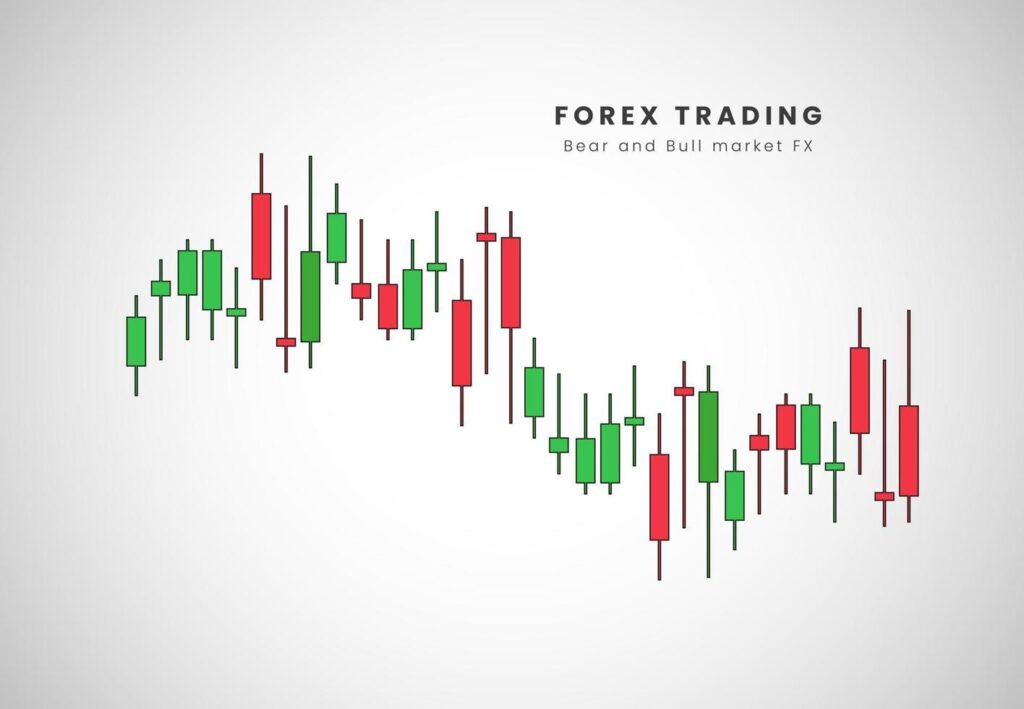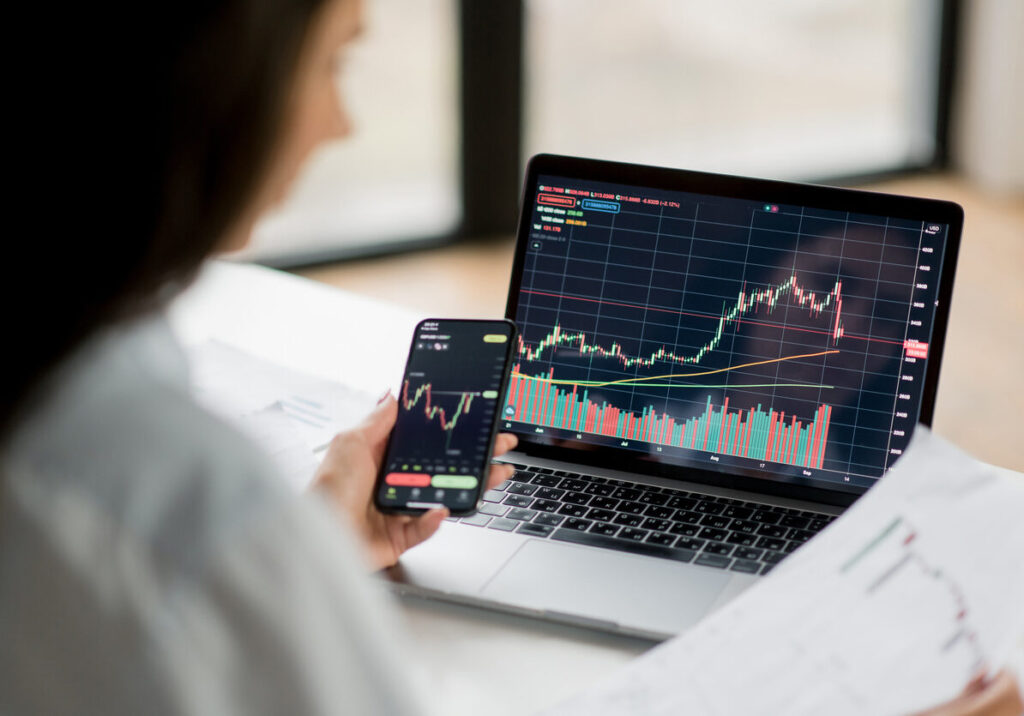How to Trade with MetaTrader 5?
In forex, Most of the forex traders consider metatrata five as their first choice as it’s easy to use. And it also offers an assortment of addons to enhance the trading experience, Metatrader five provides an array of opportunities for a pool of actions in the financial markets such as trading, analysis, testing of trading strategies, the development and introduction of trading robots, and development of personalized technical indicators and scripts. This versatility was designed to equip the user with a complete set of tools so that traders can trade in any financial market with ease, this post mainly deals with the user guide of Metatrader five and can be considered as a Metatrader five manual. What is Metatrader five? Metatrader five isn’t just a trading platform, it’s a complete and highly preferred trading platform in most financial markets around the world. It’s highly accessible interface, rich functionality and straightforward and intuitive logic of trade Metatrader five works on all forex and stock markets who want to have access to a broader range of trading opportunities. Charts, indicators, technical analysis of quotes get all the latest news and developments from all the key financial markets and algorithm trading. After that, he or she has to execute the setup file Mt five setup exe and then has to follow instructions as they appear on the screen. After completing the installation, anyone can easily start using Metatrader five through a shortcut on the desktop one. Press the link for download of the online trading platform Metatrader five from the web page of eurofinance and press Next two. Choose the directory on your computer in which you want to install the trading platform Metatrader five and press next to start the installation. Three press finish to complete the installation and start the trading platform. Metatrader five, as it’s already mentioned, that metatrata four is very popular among traders because of the advanced features and latest technology. There is one more feature which attracts traders and that is demo account trading. How to open the first demo account? Well, the first and best choice would be to contact your personal account manager and ask for it. They will be happy to do it for you and take care of everything. But if you’re determined to do it yourself, the Metatrader five manual contains certain steps which a trader has to follow for opening a demo account. First of all, one has to open Metatrader five, then select a server. After that, the trader can specify details of an existing trade account or create a new one. The next stage of opening an account is specifying personal details where the trader will be given a registration form to fill out to prevent providing of incorrect information about the person who opens an account. Each email address is confirmed once during the next registration of an account using the same email, the confirmation stage will be skipped. The trader will then have registrations set up just after the completion of the registration page. Login details will be shared automatically on the screen. One can also repeat the same process for a number of demo accounts that he or she wants to open Metatrader five trading indicators. A technical indicator is the most important tool when it comes to technical analysis. Technical indicators are used to automatically identify various patterns in the price dynamics of currencies, shares, and other forms of financial instruments. This information makes it easy for traders and brokers alike to make assumptions about the future price movements and accordingly adjust trading strategies. There are plenty of technical indicators, but the most famous and popular among them are included in Metatrader five. Any trader can use any of these technical indicators in his trading processes and strategies. Most technical indicators come with a plethora of settings that enable traders to adjust the various instruments for specific tasks. The appearance of the indicators can be controlled by both the analytical parameters and settings. For instance, the period of the moving average can be changed as well as the thickness, color, and line types of the terminal indicators can be positioned either on the price chart or in the special panes alongside its scale values. This makes it possible to apply some other indicators. The Metatrader five offers traders a powerful and useful tool for high grade intelligence metatrata five Strategy Tester traders can check the quality of the written algorithm by using the strategy tester built in Metatrader five. This fantastic tool allows you to determine the efficiency and choose the best input parameters before running an advisor In trading Metatrader five Strategy Tester gives traders multiple testing modes, enabling you to select the optimum ratio of speed to quality test to fulfill the requirements of traders. One significant advantage of the Metatrader five strategy tester is the illustration of trade advisors test results. You can see how much the algorithm earned during the testing phase. It also shows a broad range of statistical information, such as the number of successful and unsuccessful transactions, the profit and loss percentage, the risk factors, and much more alerts in Metatrader five when it comes to sending in notifications about the important events regarding trading, Few tools are as fast and efficient as the alerts in Metatrader five, The binary options trading strategy can be designed to be more mobile and flexible. […]
How to Trade with MetaTrader 5? Read Post »








